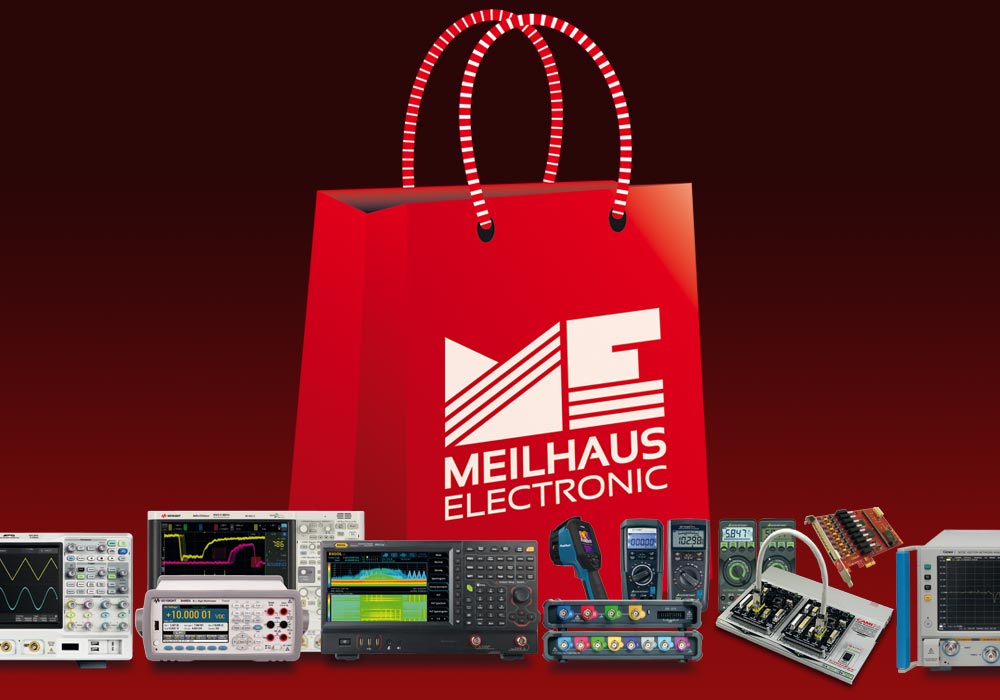Waveform Generators
Signal Generators (Signal Sources)...
...provide defined signals for testing technology in quality managament, development/design, training/teaching, etc. With this test signal a device under test is stimulated. The output or the "reaction" of the DUT to the test signal is monitored and measured. This allows the behavior of the DUT to be analyzed (for example, frequency response). For this purpose, the signal generator must output a stable and "clean/perfect" signal with as little interference as possible, covering the relevant signal frequency range. In order to create as realistic a simulation as possible of the later application reality, it may also be necessary for the generator's test signal to come as close as possible to the later "real" signal. Therefore, in addition to a pure sine wave, other signal shapes are often required for test purposes, such as square wave, sawtooth/ramp, and even arbitrary signals.
Commercially available signal generators can be subdivided depending on the frequency range and the signals generated:
RF sources: For most devices for the RF range, the test signal is as perfect a sine wave as possible. The frequency range of these devices extends up into the one- and two-digit GHz range. In this category of devices, vector modulations such as PSK, QAM, FSK, ASK play an important role in addition to the common modulations such as AM, FM, ØM or pulse modulation. In addition, there is sweeping, in which the frequency of the signal varies cyclically between two definable values.
The classic standard signal generators (LF and lower RF range), on the other hand, usually operate in frequency ranges far below 1 GHz. They provide different signal shapes depending on the model. A distinction is often made between function generators (which generate a fixed number of common standard waveforms such as sine, rectangle, triangle, sagetooth) and arbitrary waveform generators ("ARB", which generate arbitrarily shaped output signals). By using DDS technology, many modern signal generators combine function and arbitrary generator in one device. Standard generators also support various modulations and sweep operation, depending on the model.
Most manufacturers distinguish relatively freely between three types in the signals provided:
- Standard signals/functions ("function generator") such as sine, square/pulse, triangle/sawtooth/ramp, noise.
- Fixed arbitrary signals ("built-in arbitrary") like heartbeat, exponential rise/fall, Gaussian pulse, haversine, sinc etc.
- Arbitrary signals freely loadable by the user. For these signals, among other things, the memory of the device (signal length), its sample rate and resolution are important. In addition, some devices offer sequencing of signal segments.


































